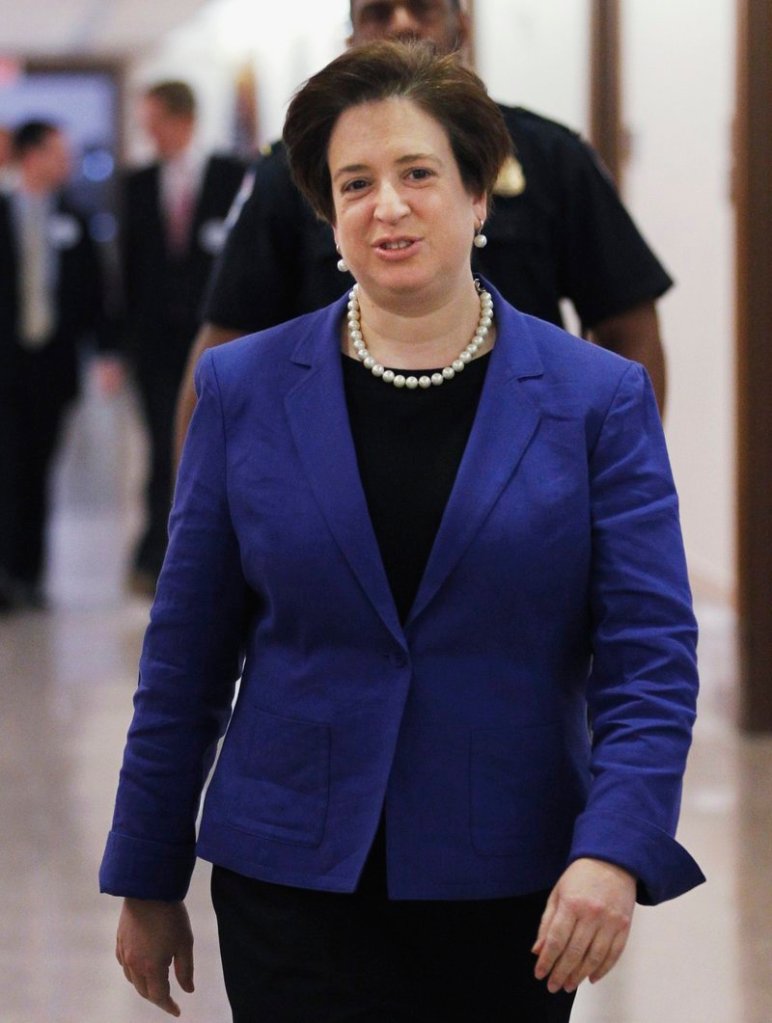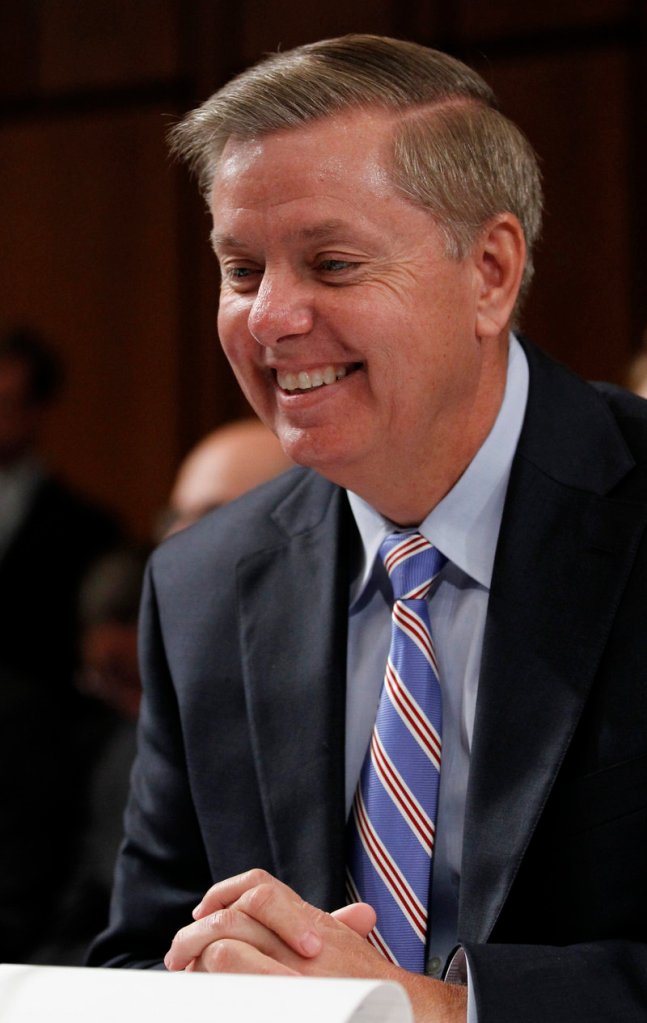WASHINGTON – Democratic and Republicans senators alike lamented the increasingly sharp partisan divide over the Consti tution and the courts Tuesday, and then divided mostly along party lines to approve Elena Kagan, President Obama’s nominee for the Supreme Court. The lone maverick was Sen. Lindsey Graham, R-S.C., who voted to confirm Kagan because, he said, she is smart, well-qualified and of good character.
“But yes, she’s liberal,” he said and paused. “Sort of expected that actually.”
Kagan won a 13-6 vote from the Senate Judiciary Committee, the next to last stop on her way to a lifetime seat on the Supreme Court. The Senate is expected to give her final approval in early August.
If confirmed, the nine-member Supreme Court will have four Democratic appointees for the first time since 1971. And for the first time ever, three of the justices will be women, and none will be a Protestant.
But Graham drew the studied attention of the committee members with his warning that partisan politics is playing too large a role when considering judges.
“Something’s changing when it comes to the ‘advice and consent’ clause,” he said, referring to the part of the Constitution that gives the Senate the power to approve the president’s court nominees. “Things are changing here, and they’re unnerving to me,” he said.
In the past, a president’s well-qualified nominees usually won an easy confirmation from the Senate. Justice John Paul Stevens, whom Kagan would replace, won unanimous approval from the Senate in 1975, even though Democrats had a large majority and he was a Republican nominee.
Justices Antonin Scalia and Anthony M. Kennedy also won on unanimous votes in the late 1980s. In the past decade, however, the Senate has split along party lines over Supreme Court candidates. Kagan is expected to win only a handful of Republican votes.
Obama shares part of the blame, Graham said. “Sen. Obama was part of the problem, not the solution,” he said.
Then an Illinois senator planning to run for president, Obama praised John G. Roberts Jr., President George W. Bush’s nominee to be chief justice, as being exceptionally well-qualified. He nonetheless voted “no” on his nomination. He also cast a “no” vote against Justice Samuel A. Alito Jr., who was confirmed in 2006 with support from only four Democrats.
For Sen. Arlen Specter, D-Pa., it was likely the last Supreme Court hearing after 30 years in the Senate. He too fretted over the partisan division. “I am sorry, but not surprised, to see the partisan split on his nomination, because that reflects the ideological battleground that is going on (over) the Supreme Court today.”
The court, like Congress, regularly divides along conservative-liberal lines. That split may appear even more political in the year ahead, now that there are five Republican appointees who cast conservative votes and four Democratic appointees who will likely vote as a liberal bloc.
“This reflects a hardening of the partisan divide on constitutional issues,” said Princeton professor Christopher Eisgruber. “To take one example, tell me how a judge votes on abortion, and I can probably tell you how he votes on gay rights, affirmative action, campaign finance, gun control and so on. There is a clear, coherent ideological view across the issues. It wasn’t always like that.”
In the 1970s and early 1980s, several justices, including Potter Stewart, Byron White, Lewis Powell and John Paul Stevens, could not be easily labeled as liberal or conservative.
Send questions/comments to the editors.




Success. Please wait for the page to reload. If the page does not reload within 5 seconds, please refresh the page.
Enter your email and password to access comments.
Hi, to comment on stories you must . This profile is in addition to your subscription and website login.
Already have a commenting profile? .
Invalid username/password.
Please check your email to confirm and complete your registration.
Only subscribers are eligible to post comments. Please subscribe or login first for digital access. Here’s why.
Use the form below to reset your password. When you've submitted your account email, we will send an email with a reset code.